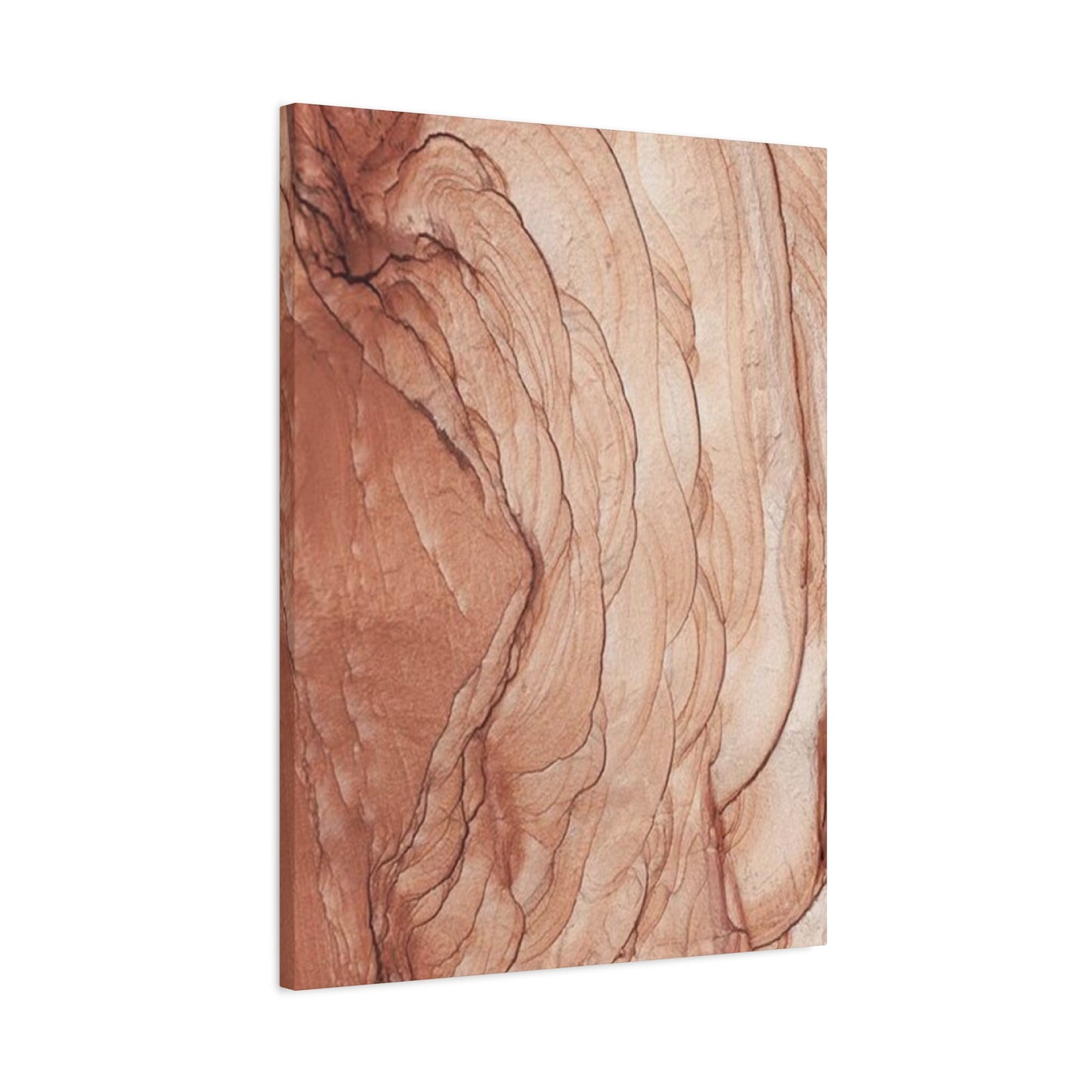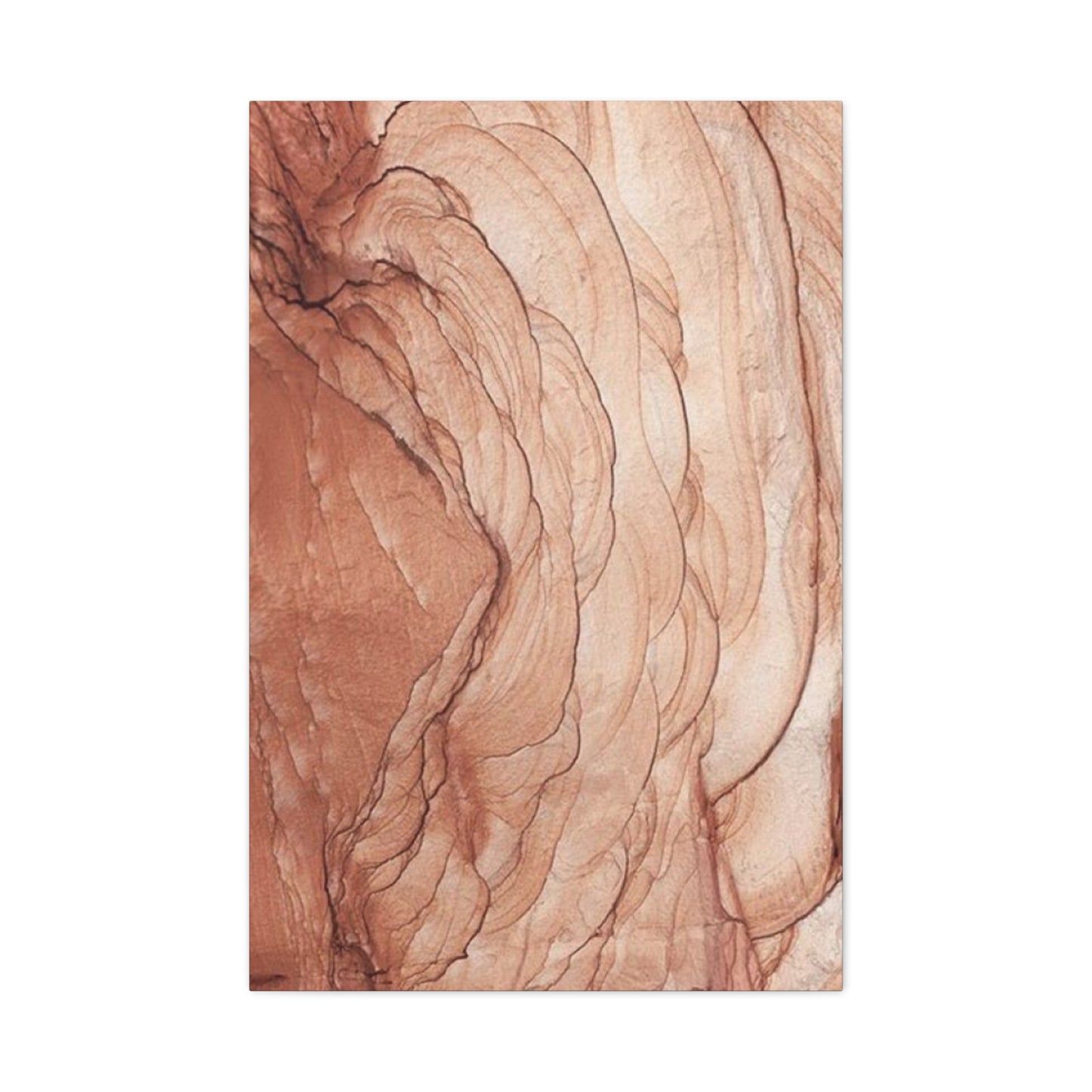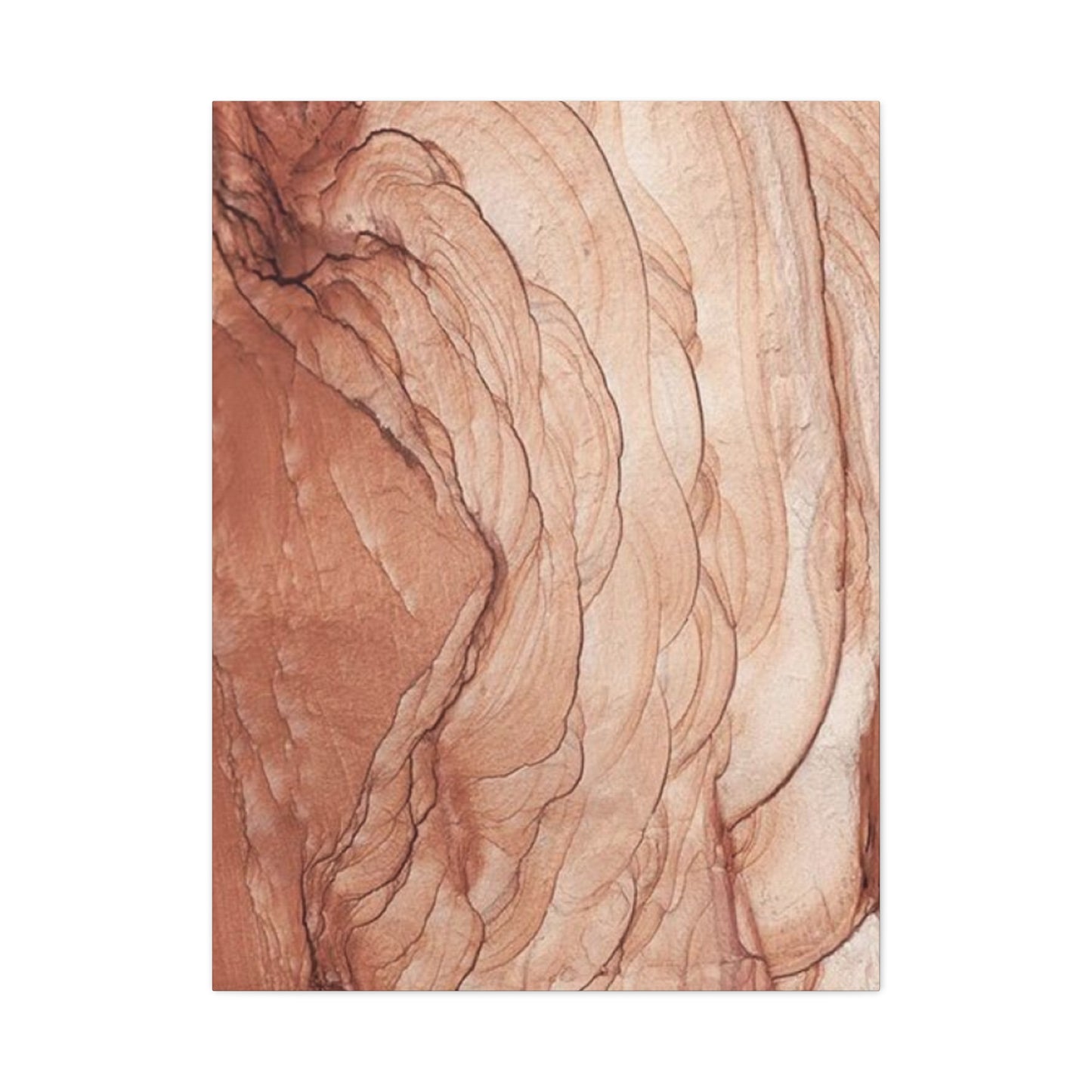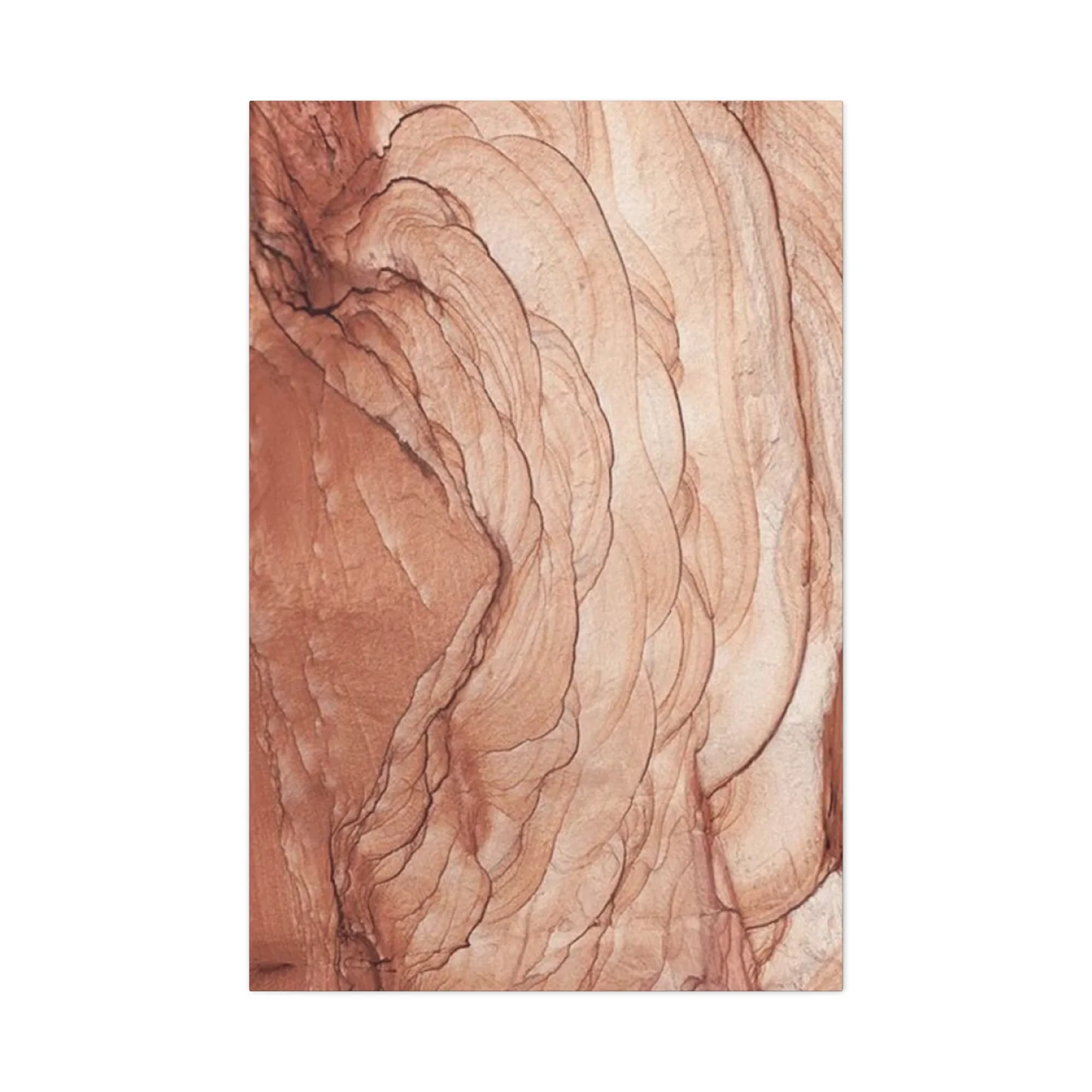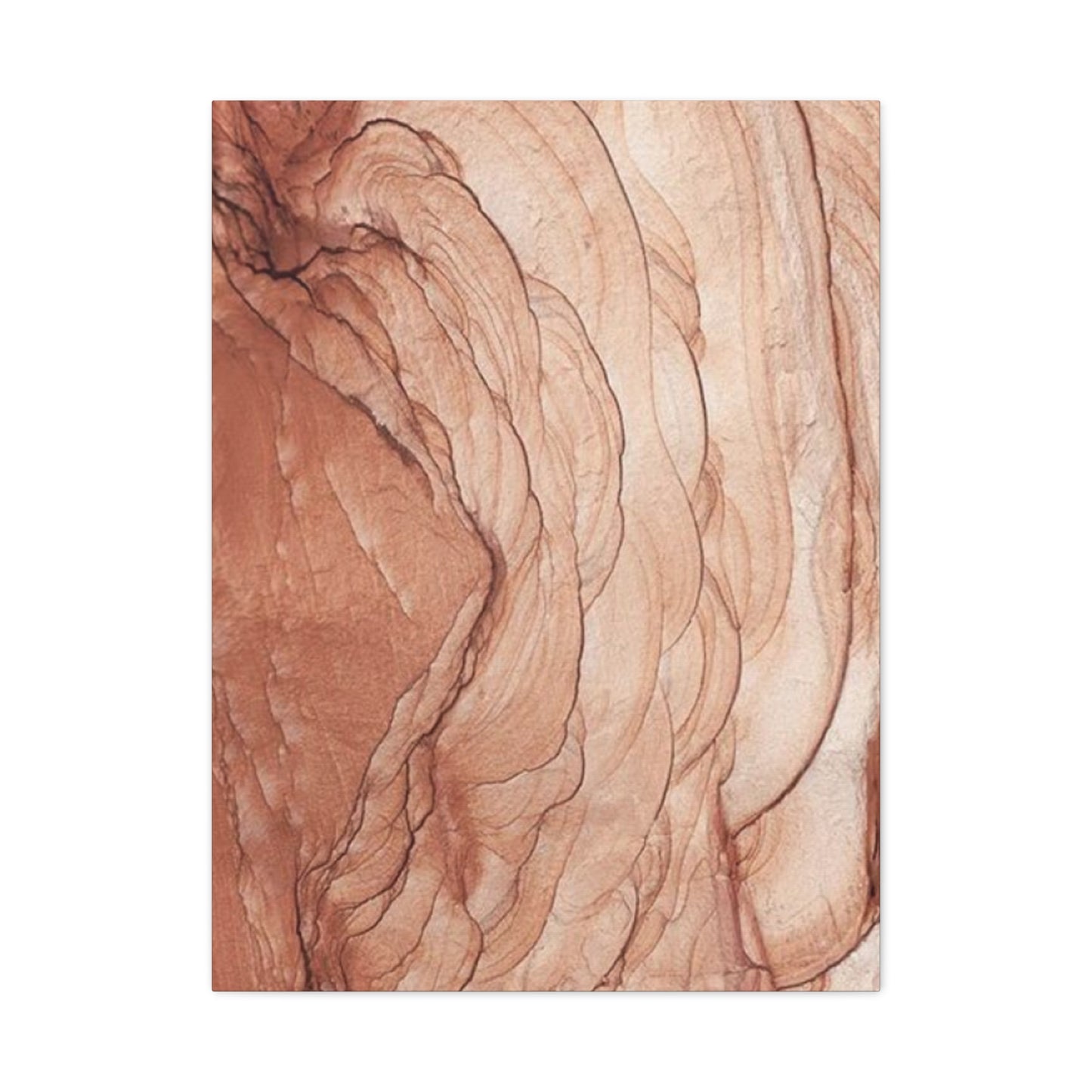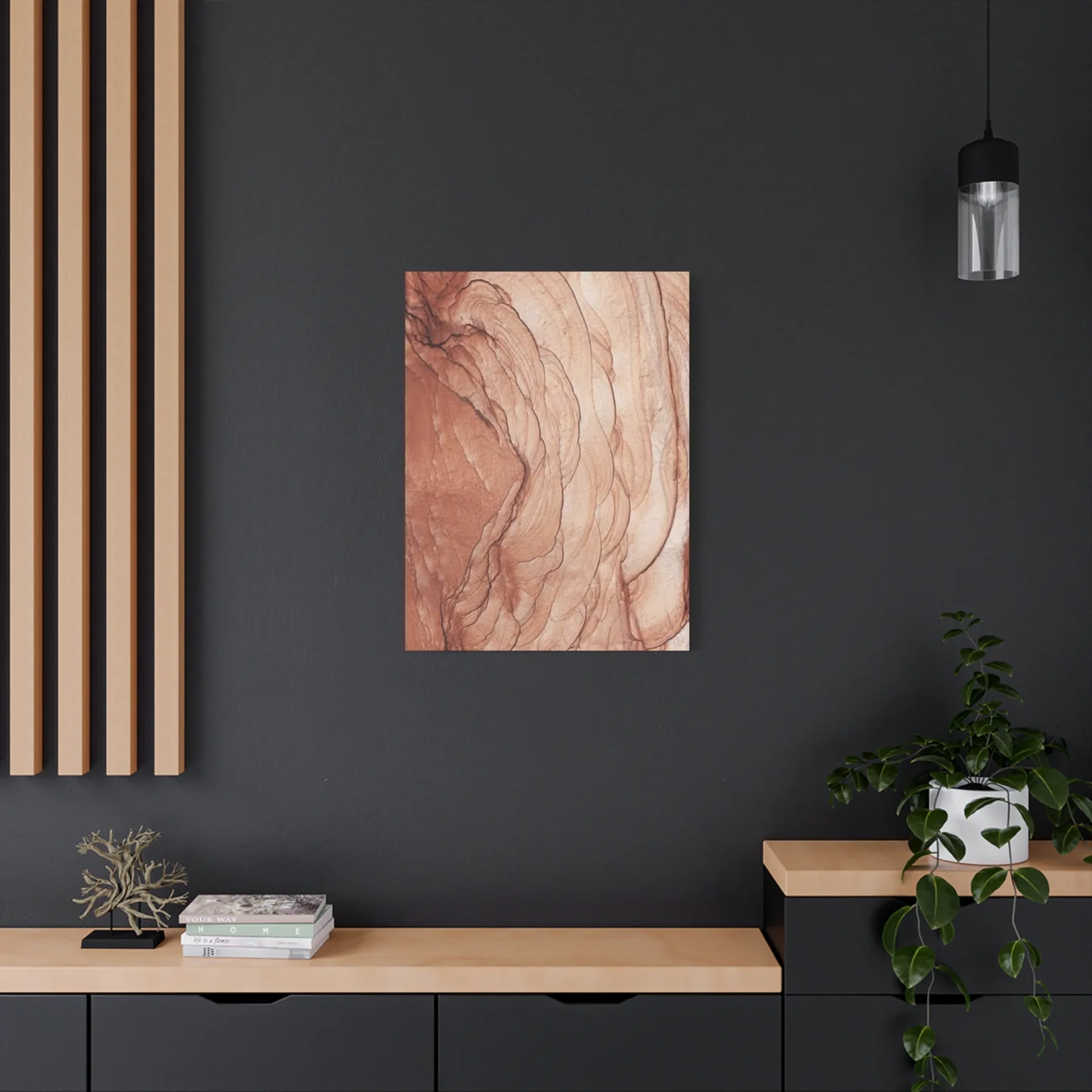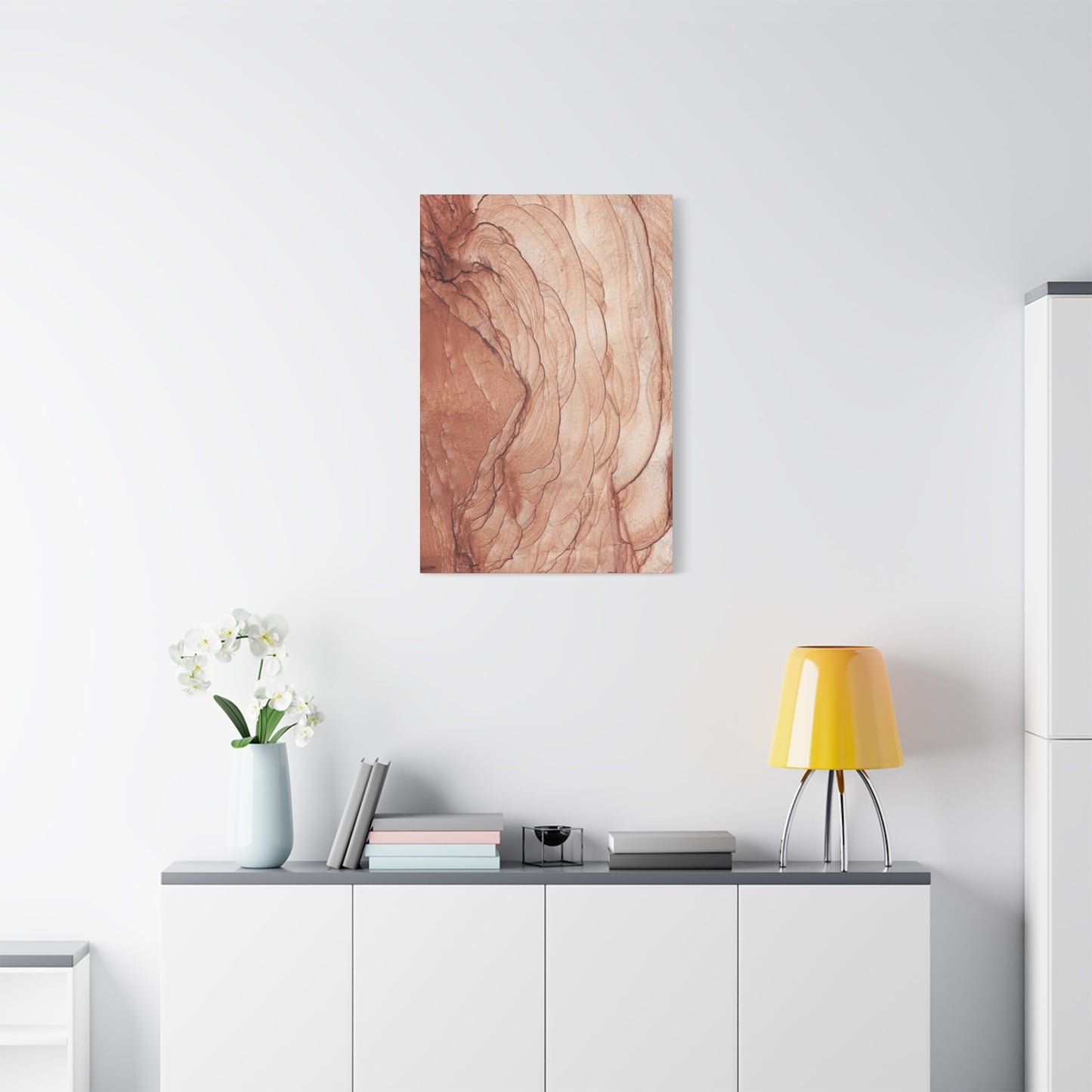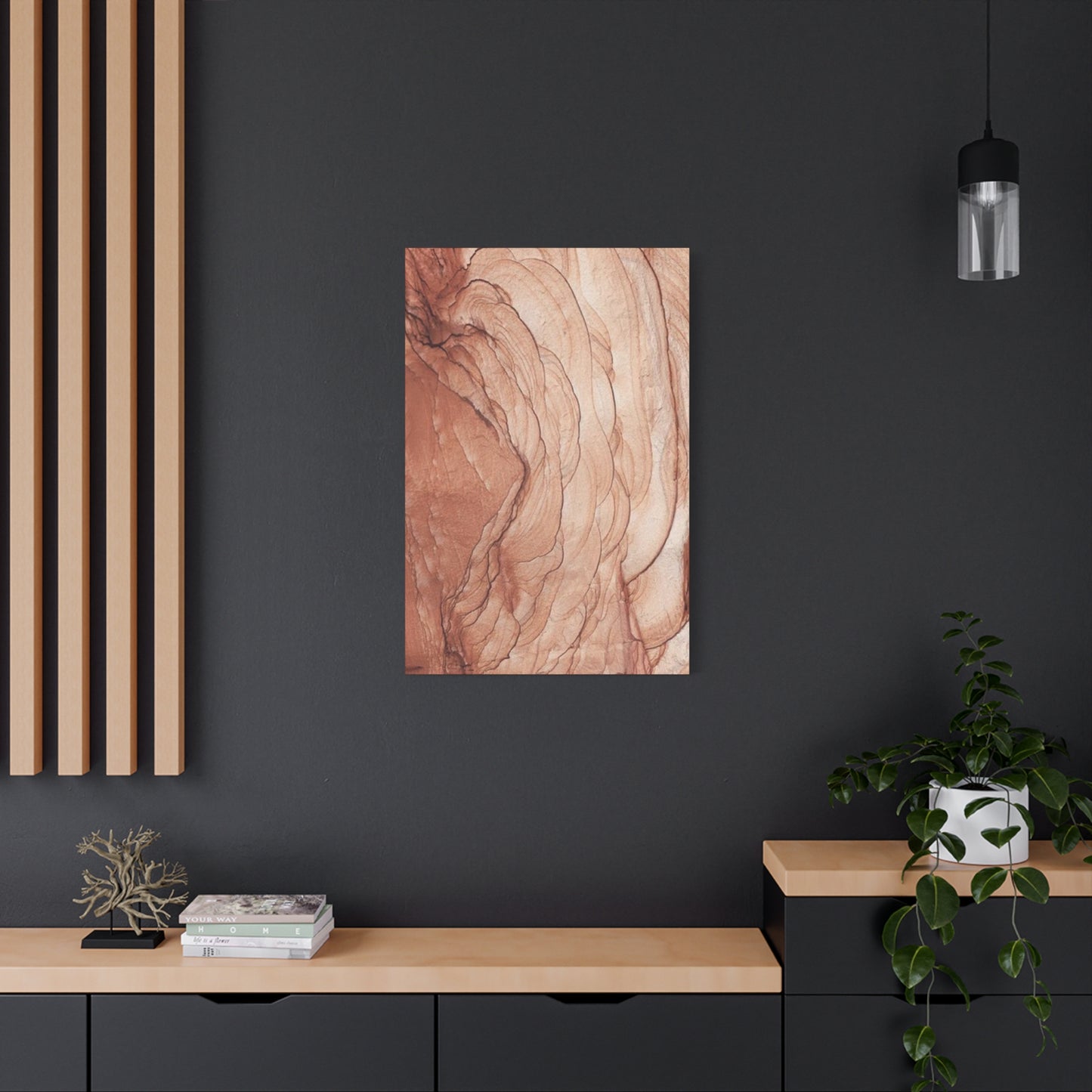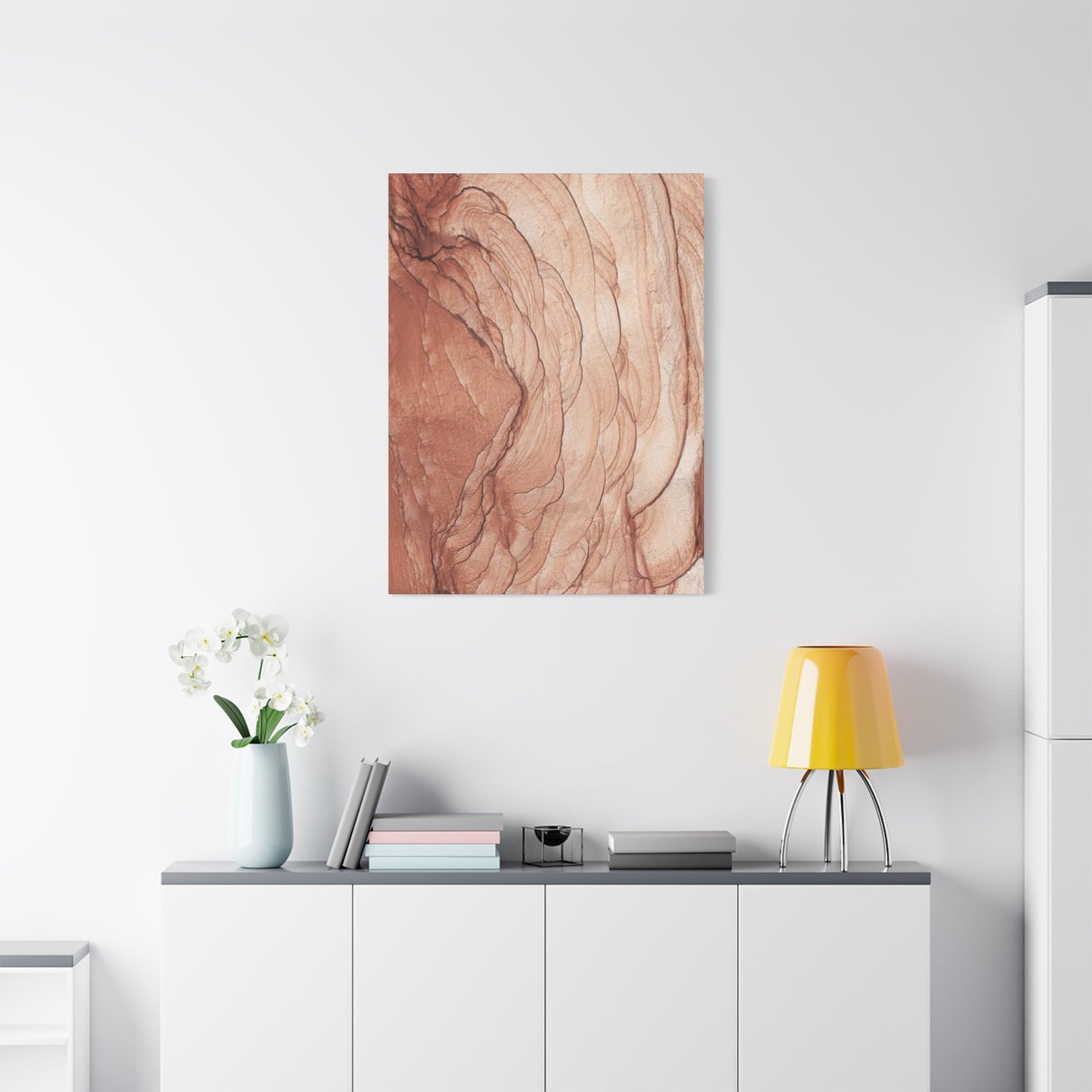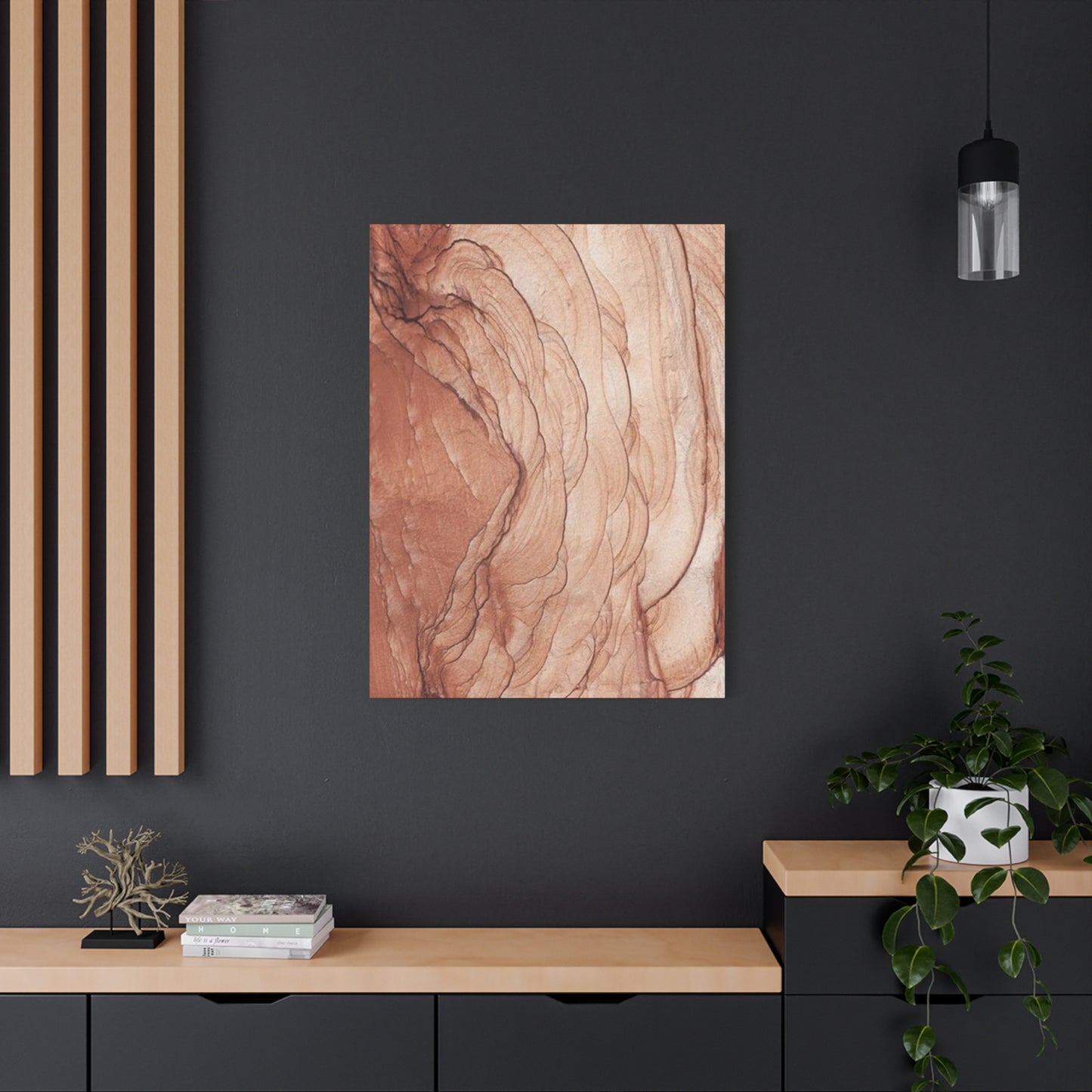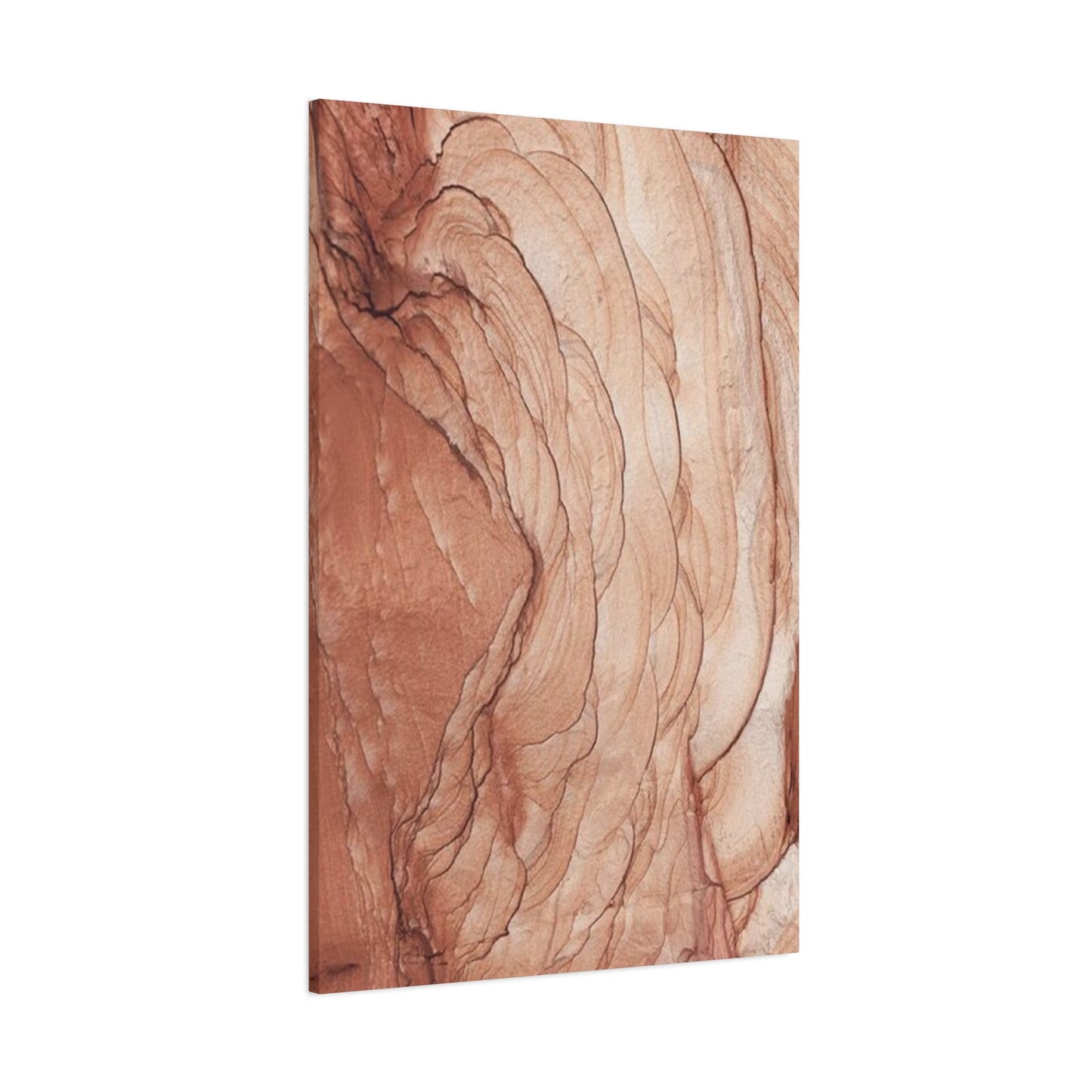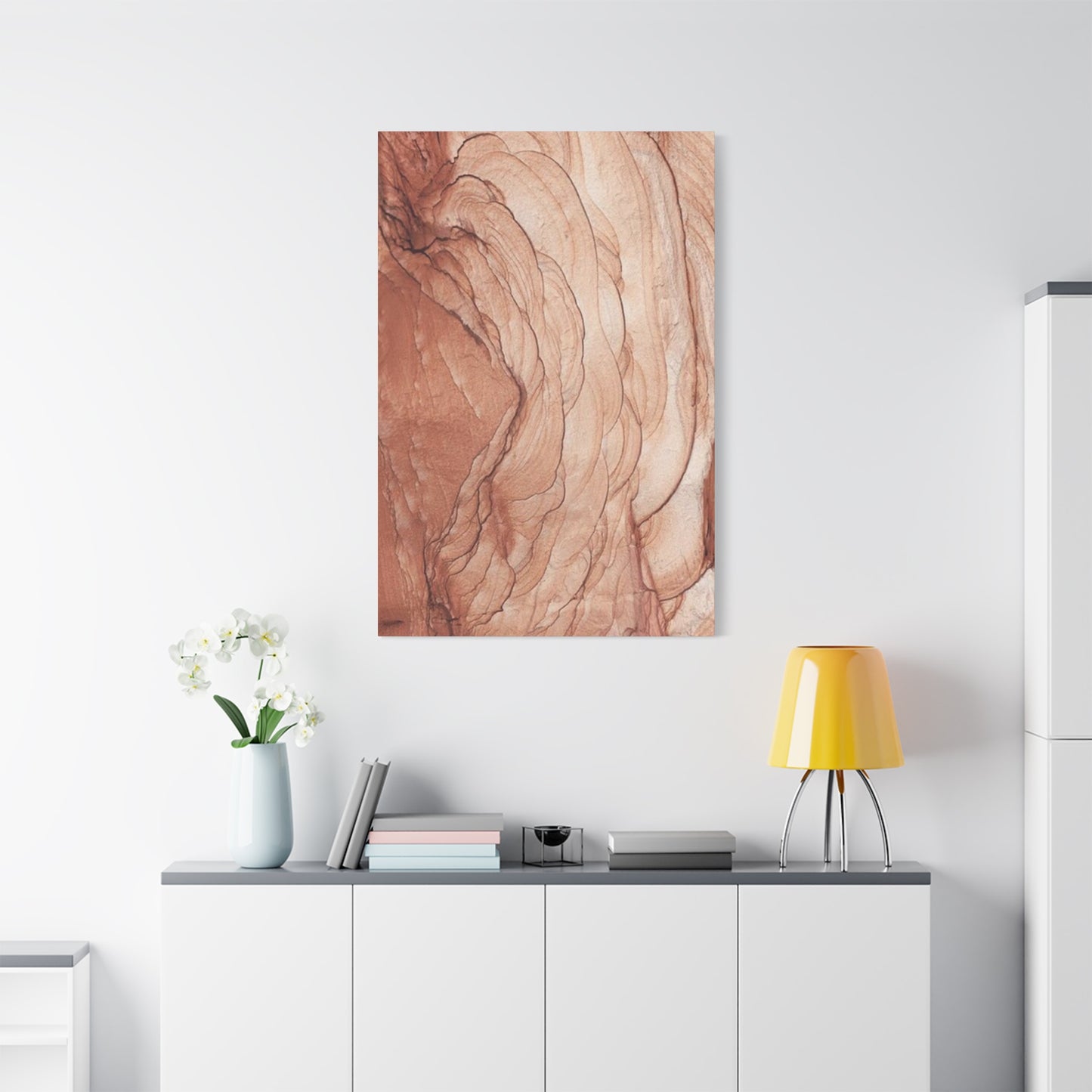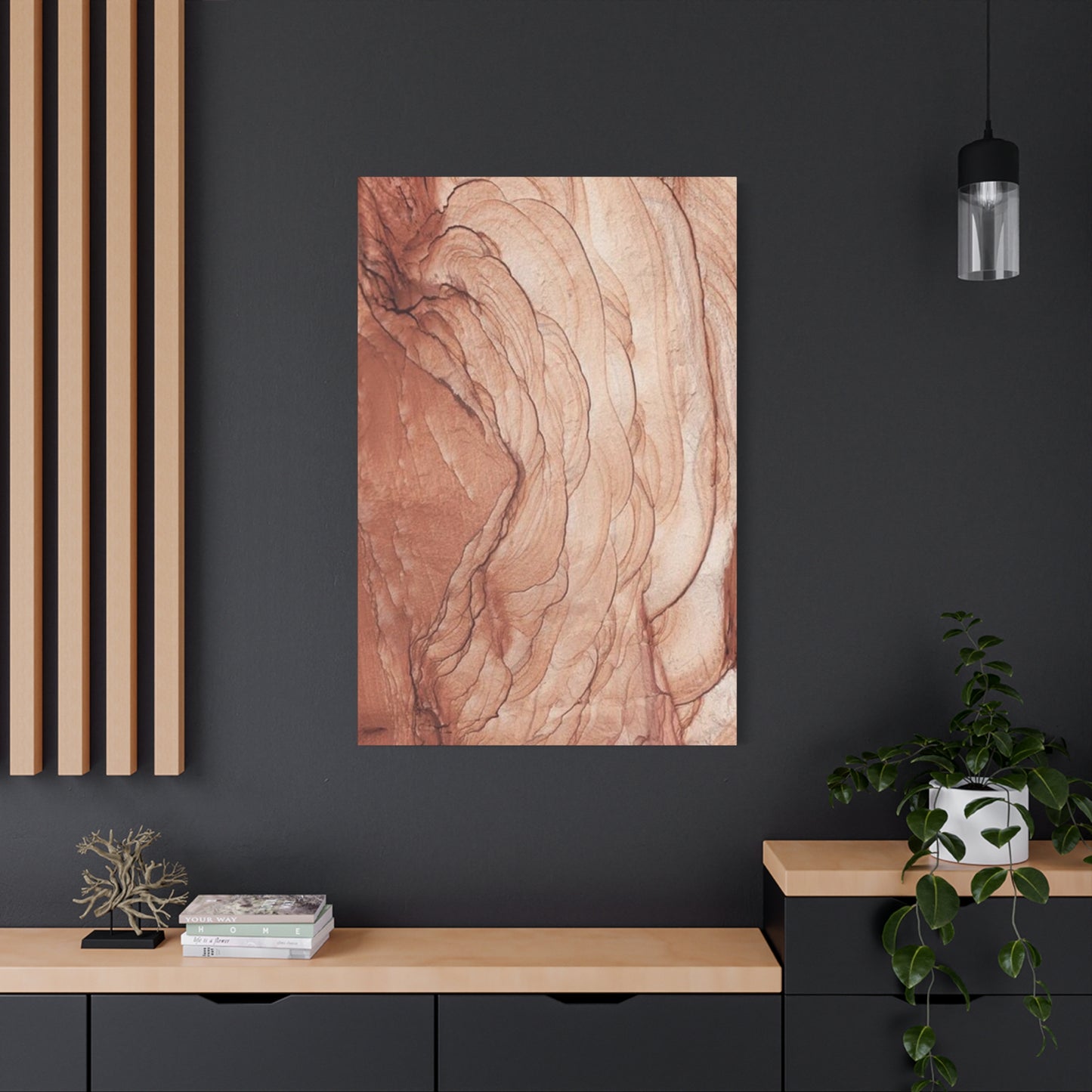Blush Hues and Moroccan Views: Exploring Pink-Toned Moroccan Wall Art and Architectural Beauty
Morocco’s architectural landscape is a feast for the senses — a harmonious blend of intricate design, natural materials, and vivid color. Among its many enchanting qualities, the soft blush and rose-toned hues that adorn its cities stand out as timeless symbols of warmth, romance, and artistic refinement. From the pastel-pink alleys of Marrakech’s medina to the sun-kissed facades of ancient riads, these tones have inspired generations of artists and designers. When translated into wall art, pink-toned Moroccan imagery brings an exotic yet soothing aesthetic into modern homes, capturing the delicate balance between tradition and contemporary style.
The allure of pink Moroccan architecture lies in its connection to both culture and environment. The region’s natural clay and limestone give rise to soft, rosy structures that seem to glow under the desert sun. These hues are not merely decorative; they reflect the Moroccan spirit of hospitality, serenity, and joy. Pink walls absorb and diffuse light beautifully, creating an atmosphere that feels both intimate and expansive. Artists often depict these elements through detailed paintings, photographs, and prints that highlight arches, mosaic tiles, courtyards, and ornate doorways — motifs that symbolize openness and cultural pride.
When incorporated into wall art, blush Moroccan designs serve as more than visual accents; they evoke emotion and narrative. The blend of pink tones with geometric patterns or arabesque detailing mirrors Morocco’s fusion of artistry and spirituality. These artworks often feature the delicate interplay between shadow and light — a nod to the country’s architectural mastery. Whether rendered in watercolor, photography, or digital art, pink Moroccan pieces bring an air of romance and wanderlust, perfect for bedrooms, lounges, or creative spaces seeking calm yet worldly inspiration.
In contemporary interior design, pink-toned Moroccan wall art pairs beautifully with neutral palettes and natural materials like wood, rattan, and stone. Framed prints featuring rose-colored archways or traditional Moroccan tiles can soften modern minimalist spaces or add elegance to bohemian-inspired rooms. Metallic frames or gold accents further enhance the luxurious warmth of the pink tones, while layered gallery walls can create a storytelling effect that celebrates travel and culture.
Ultimately, pink Moroccan architecture and its artistic interpretations transcend mere decoration — they invite us into a world where design meets emotion, and where every blush hue tells a story of light, craftsmanship, and cultural beauty. Through this unique fusion of art and architecture, homeowners can bring the serene magic of Morocco into their own living spaces, creating environments that radiate both sophistication and soulful charm.
Pink Walls of Morocco: Understanding the Architectural Heritage
The distinctive pink walls found throughout Morocco tell a story that spans centuries of tradition, craftsmanship, and cultural evolution. These structures represent more than mere buildings; they embody a living testament to the architectural genius of generations past. The use of pink and rose-toned materials in construction stems from the natural clay and earth pigments available in various regions, particularly in areas where the soil contains high levels of iron oxide and other minerals that impart warm, rosy hues to the finished surfaces.
Walking through ancient medinas and modern neighborhoods alike, visitors encounter an extraordinary spectrum of pink shades ranging from the palest blush to deep terracotta. This color palette emerged not from a single design decision but from the practical considerations of local builders who utilized indigenous materials readily available in their surroundings. The clay extracted from nearby quarries, mixed with lime and other natural binding agents, created plasters and renders that dried to produce these characteristic warm tones.
Beyond their practical origins, these pink walls have become symbols of hospitality and warmth in Moroccan culture. The color psychology associated with these soft hues creates an inviting atmosphere that welcomes visitors while providing a soothing backdrop for daily life. The pink tones also serve a functional purpose in the intense North African climate, reflecting sunlight while maintaining cooler interior temperatures compared to darker colored surfaces.
The preservation of these pink architectural elements represents an ongoing commitment to cultural heritage. Many cities have implemented regulations requiring new construction and renovations to maintain traditional color schemes, ensuring that the characteristic appearance of historic districts remains intact for future generations. This dedication to architectural continuity creates neighborhoods where centuries-old structures blend seamlessly with more recent additions, all unified by their shared palette of warm, inviting tones.
Moroccan Dreams in Soft Pink: The Aesthetic Evolution
The dreamy quality of soft pink Moroccan architecture transcends simple color choice, encompassing entire design philosophies that have evolved over millennia. This aesthetic represents a perfect marriage between form and function, where beauty serves purpose and purpose creates beauty. The soft pink hues that dominate many Moroccan cityscapes create an almost ethereal quality, particularly during the golden hours of sunrise and sunset when natural light interacts with these surfaces to produce spectacular visual effects.
Traditional Moroccan builders understood the interplay between light, shadow, and color in ways that modern architects are only beginning to fully appreciate. The pink walls serve as canvases that change throughout the day, displaying different moods and intensities as the sun moves across the sky. Morning light brings out cooler undertones, midday sun intensifies the warmth, and evening rays create a burnished glow that seems to emanate from within the walls themselves.
This aesthetic philosophy extends beyond exterior surfaces to influence interior design choices as well. Courtyards and rooms feature complementary color schemes that enhance the pink tones visible through doorways and windows. The use of colorful tiles, intricate carved plasterwork, and carefully selected furnishings creates layered visual experiences that reward careful observation. Each element contributes to an overall composition that feels both cohesive and endlessly varied.
Contemporary interpretations of these soft pink Moroccan dreams maintain connections to traditional aesthetics while incorporating modern sensibilities. Designers worldwide draw inspiration from these time-honored color palettes, adapting them to contemporary contexts while respecting their cultural origins. This ongoing dialogue between past and present ensures that the aesthetic remains vital and relevant, continuing to inspire new generations of artists, designers, and homeowners seeking to capture something of that distinctly Moroccan magic in their own spaces.
Pastel Palaces: Moroccan Wall Art Inspiration
The concept of pastel palaces in Moroccan architecture refers to those magnificent structures where soft, muted colors create an atmosphere of refined elegance. These buildings, whether functioning as actual palaces, grand riads, or impressive public structures, demonstrate how restrained color palettes can achieve maximum visual impact. The use of pastel tones in these contexts represents a sophisticated approach to architectural decoration, where subtlety takes precedence over bold statements.
Wall art inspired by these pastel palaces captures the essence of Moroccan architectural splendor in forms suitable for contemporary living spaces. Artists and photographers who document these structures create works that transport viewers to distant places, offering windows into a world where craftsmanship and aesthetic sensibility combine to produce environments of extraordinary beauty. These artworks range from detailed architectural studies to atmospheric compositions that emphasize mood and feeling over precise documentation.
The appeal of pastel palace imagery lies partly in its versatility. These soft-hued architectural subjects complement a wide range of interior design styles, from minimalist modern to eclectic bohemian. The muted color palette allows the artwork to make a statement without overwhelming other design elements, creating focal points that enhance rather than dominate their surroundings. This adaptability explains why Moroccan-inspired wall art has become increasingly popular in residential and commercial spaces worldwide.
Creating effective wall art based on pastel Moroccan palaces requires careful attention to composition, light, and detail. The most successful pieces capture not just the physical appearance of structures but also the atmosphere and emotional qualities that make these buildings so compelling. Artists must balance architectural accuracy with artistic interpretation, finding ways to convey the scale, texture, and presence of these magnificent buildings through two-dimensional media. The resulting works serve as reminders of the extraordinary achievements possible when human creativity engages deeply with the built environment.
Pink Architecture Prints from Morocco: Capturing Cultural Identity
Photography and print-making focused on pink Moroccan architecture have emerged as significant artistic genres in recent years. These works do more than simply document buildings; they capture cultural identity, historical continuity, and the distinctive visual character that makes Moroccan cities instantly recognizable. The best examples of this genre transcend mere architectural photography to become artistic statements that explore themes of place, tradition, and the relationship between human habitation and aesthetic expression.
The process of creating compelling architectural prints begins with understanding the subject matter deeply. Photographers must consider not only technical aspects like composition, exposure, and timing but also the cultural and historical contexts that give these structures their significance. A photograph of a pink wall becomes more meaningful when the viewer understands the centuries of tradition it represents, the hands that built it, and the lives lived within and around it.
Lighting plays a crucial role in architectural photography focused on pink structures. The quality of light in Morocco differs from that in other regions, with particular atmospheric conditions creating unique opportunities for capturing these buildings at their most photogenic. Early morning and late afternoon typically offer the most favorable conditions, when angled light emphasizes textures and creates dramatic shadows that reveal architectural details. Overcast conditions can also produce excellent results, providing even illumination that showcases colors without harsh contrasts.
The rising demand for pink Moroccan architecture prints reflects broader trends in interior design and cultural appreciation. Homeowners and designers increasingly seek artwork that adds character and narrative to spaces, moving beyond generic decorative pieces to embrace works that tell stories and evoke specific places. Prints featuring Moroccan architecture satisfy this desire while offering aesthetic qualities that complement contemporary design sensibilities. The enduring popularity of these images suggests that the appeal of pink Moroccan buildings extends far beyond their geographic origins to touch something universal about our responses to beautiful, well-crafted environments.
Moroccan Arches in Rose Tones: Architectural Signature Elements
The arch stands as one of the most distinctive and recognizable elements of Moroccan architecture. When rendered in rose tones, these graceful curves become even more captivating, combining structural elegance with color warmth to create architectural features of remarkable beauty. Moroccan arches come in various forms, from the pointed horseshoe arches characteristic of Islamic architecture to rounded Romanesque influences and the intricate lobed arches that showcase advanced mathematical precision and artistic ambition.
These arches serve multiple purposes beyond their obvious structural function. They create transitions between spaces, frame views, provide shade, and establish visual rhythm in architectural compositions. When executed in rose and pink tones, they acquire additional aesthetic dimensions, becoming focal points that draw the eye and organize visual experience. The interplay of light and shadow across curved surfaces enhances the three-dimensional quality of these features, making them appear to shift and change throughout the day.
The construction of traditional Moroccan arches required considerable skill and knowledge. Master masons understood the principles of compression and load distribution that allow arches to support weight efficiently while maintaining their graceful appearance. The application of pink plaster and lime wash to these structures added final aesthetic touches that completed the architectural vision. This combination of engineering expertise and artistic sensibility produced features that have endured for centuries, continuing to inspire admiration and study.
Contemporary applications of Moroccan arch motifs in rose tones appear in various design contexts, from residential architecture to commercial spaces and public areas. Designers incorporate these elements to add character, create focal points, or establish thematic connections to Moroccan aesthetic traditions. The versatility of arch forms allows for adaptations suitable to different scales and purposes, whether as dramatic entrance features, intimate interior doorways, or decorative elements integrated into larger compositions. This ongoing vitality demonstrates how traditional architectural forms remain relevant and inspiring in contemporary design practice.
Elegant Pink Medinas on Canvas: Urban Landscapes as Art
The medina, or old city quarter, represents the historic heart of traditional Moroccan urban settlements. These dense, labyrinthine neighborhoods feature narrow streets, crowded souks, and centuries-old buildings that create environments of extraordinary complexity and visual richness. When captured on canvas, particularly with emphasis on the pink and rose tones that characterize many medina structures, these urban landscapes become powerful artistic statements that convey the vitality, history, and distinctive character of Moroccan city life.
Artists who paint medina scenes face the challenge of translating three-dimensional complexity into two-dimensional compositions. The layered nature of medina architecture, where buildings rise in irregular tiers and streets twist unpredictably, requires careful consideration of perspective, depth, and visual organization. The most successful canvases capture both the overwhelming density of these environments and the specific details that give individual neighborhoods their character. Pink walls become organizing elements in these compositions, providing areas of visual rest amid the complexity and tying disparate elements together through shared color.
The elegance of pink medinas on canvas lies partly in the contrast between the orderly, framed space of the artwork and the chaotic, organic nature of the subject matter. This tension creates dynamic compositions that feel alive and engaging, inviting viewers to explore the painted spaces as they might explore actual medina streets. Artists employ various techniques to suggest the textures, weather patterns, and human presence that animate these neighborhoods, from careful attention to architectural detail to looser, more impressionistic approaches that emphasize atmosphere over precision.
Collecting medina artwork offers opportunities to bring the energy and aesthetic character of Moroccan urban spaces into residential or commercial environments. These pieces serve as conversation starters, decorative focal points, and reminders of the rich cultural traditions that continue to thrive in historic city centers. Whether executed in traditional painting mediums or digital techniques, the best examples capture something essential about the medina experience, translating the sights, sounds, and feelings of these remarkable places into visual form that resonates across cultural and geographic boundaries.
Blush-Toned Moroccan Decor: Interior Design Inspiration
The influence of blush-toned Moroccan architecture extends far beyond exterior building surfaces to inspire comprehensive interior design approaches. Incorporating these soft, warm hues into residential and commercial spaces creates environments that feel simultaneously sophisticated and welcoming, contemporary and timeless. The blush palette associated with Moroccan design offers remarkable versatility, working effectively with various decorating styles while maintaining its distinctive character.
Successful implementation of blush-toned Moroccan decor begins with understanding the principles underlying traditional Moroccan interior design. These spaces typically feature layered textures, intricate patterns, and carefully orchestrated color relationships that create rich, immersive environments. The blush tones serve as foundations upon which other colors and textures build, providing subtle backgrounds that allow decorative elements to shine without creating visual chaos. This approach to color use demonstrates sophisticated restraint, recognizing that impact often comes from careful modulation rather than bold statements.
Furniture selection plays a crucial role in achieving effective blush-toned Moroccan interiors. Pieces should complement the color scheme while contributing to the overall aesthetic vision. Traditional Moroccan furniture often features intricate carving, inlay work, and architectural proportions that reflect the same craftsmanship evident in building design. Contemporary interpretations might simplify these forms while maintaining their essential character, creating pieces that reference tradition without merely copying it. The combination of blush walls or accent colors with thoughtfully selected furnishings creates cohesive environments that feel intentional and complete.
Textile choices offer another avenue for incorporating blush Moroccan influences into interior spaces. Cushions, throws, curtains, and rugs in complementary tones add layers of softness and visual interest while enhancing the color palette. Traditional Moroccan textiles feature patterns and weaving techniques developed over centuries, representing significant cultural heritage. Modern textile designers draw inspiration from these traditions, creating fabrics that honor historical precedents while meeting contemporary needs for durability, maintenance, and style flexibility. The interplay between solid blush tones and patterned textiles creates visual rhythm and depth that prevents spaces from feeling flat or monotonous.
Moroccan Walls in Warm Pink: Color Psychology and Cultural Meaning
The prevalence of warm pink walls in Moroccan architecture reflects more than aesthetic preference or practical material availability. These colors carry cultural meanings and psychological effects that have influenced their continued use across generations. Understanding these deeper dimensions adds appreciation for the thoughtfulness embedded in traditional building practices and helps explain the enduring appeal of these characteristic hues.
Color psychology research indicates that warm pink tones create feelings of comfort, security, and emotional warmth. These effects make pink particularly suitable for residential architecture, where creating welcoming, nurturing environments supports family life and social interaction. The specific shades used in Moroccan architecture typically contain earthy undertones that prevent them from reading as overly sweet or juvenile, maintaining sophistication while delivering psychological benefits. This balance between warmth and refinement makes these colors appealing to broad audiences across different cultural contexts.
In Moroccan culture, specific colors carry traditional associations and symbolic meanings that inform their architectural use. Pink and rose tones connect to themes of hospitality, generosity, and open-heartedness, values highly prized in Moroccan society. The choice to render exterior walls in these colors thus makes a statement about the character and intentions of inhabitants, broadcasting welcoming attitudes to neighbors and passersby. This symbolic dimension adds social and cultural layers to what might otherwise be understood as purely aesthetic decisions.
The warm pink walls also interact with the intense North African sunlight in ways that create beneficial environmental effects. These lighter colors reflect more solar radiation than darker alternatives, helping maintain cooler building interiors in hot climates. Simultaneously, the warm undertones prevent the coldness sometimes associated with pure white surfaces, creating a more inviting appearance. This combination of practical thermal performance and aesthetic appeal demonstrates the sophisticated understanding of color and climate evident in traditional building practices. Modern sustainable architecture increasingly recognizes the wisdom embedded in these time-tested approaches, leading to renewed interest in natural pigments and climate-appropriate color choices.
Desert Rose: Moroccan Wall Art Collections
The term desert rose evokes the delicate beauty and resilient character of Moroccan architecture set against arid landscapes. Wall art collections organized around this theme capture the unique aesthetic qualities that emerge when human creativity engages with challenging natural environments. These collections typically feature imagery that emphasizes the contrast between soft pink architecture and the rugged terrain surrounding it, creating compositions that highlight the remarkable achievements represented by Morocco's built heritage.
Curating desert rose themed collections requires attention to visual coherence and narrative flow. Individual pieces should work effectively both independently and as parts of larger groupings, creating opportunities for varied display strategies. Some collections focus primarily on architectural subjects, documenting the range of building types and decorative approaches found across different Moroccan regions. Others incorporate landscape elements more prominently, showing how structures integrate with their environments and how human habitation adapts to specific geographic and climatic conditions.
The artistic approaches employed in desert rose collections vary considerably, reflecting the diverse backgrounds and interests of contributing artists. Photography-based work might emphasize documentary accuracy, capturing architectural details with precision and clarity. Painting-based collections could take more interpretive approaches, using color, brushwork, and composition to convey emotional responses to the subject matter rather than literal representation. Mixed media work might combine photographic elements with painted, drawn, or digitally manipulated additions, creating hybrid pieces that blur boundaries between different artistic traditions.
Displaying desert rose collections effectively requires consideration of space, lighting, and arrangement. Gallery walls featuring multiple pieces at various sizes create dynamic presentations that invite extended viewing and reflection. Careful attention to spacing, alignment, and visual balance ensures that individual works receive appropriate attention while contributing to overall compositional success. Lighting should enhance the warm tones characteristic of this aesthetic without creating glare or washing out subtle color variations. When thoughtfully executed, these displays transform ordinary walls into cultural experiences that transport viewers to distant places and different times.
Pink and Terracotta Cityscapes: Urban Visual Harmony
The combination of pink and terracotta tones creates visual harmonies that define many Moroccan urban landscapes. These related but distinct colors work together to produce environments of remarkable aesthetic unity, where buildings seem to grow naturally from the earth itself. The terracotta elements, typically deeper and richer than the lighter pink surfaces, provide grounding and visual weight that prevent compositions from feeling too ethereal or insubstantial. This balance between lightness and substance contributes significantly to the enduring appeal of Moroccan cityscapes.
Urban planning in traditional Moroccan cities often occurred organically over centuries, with individual building decisions gradually creating larger patterns and relationships. Despite the absence of centralized design control, these cities frequently display impressive visual coherence, partly attributable to shared color palettes resulting from common building materials and techniques. The pink and terracotta tones that dominate many neighborhoods emerged not from planning mandates but from the practical choices of countless builders working with locally available resources. This organic development process produced urban environments that feel authentically evolved rather than artificially imposed.
Contemporary urban designers studying Moroccan cityscapes increasingly recognize the value of this color harmony for creating pleasant, human-scaled environments. The visual unity provided by consistent color schemes helps mitigate the potential chaos of dense urban development, allowing diverse building forms to coexist without creating jarring contrasts. This lesson informs current thinking about urban aesthetics and the importance of establishing guidelines that encourage visual coherence while allowing individual expression. The balance achieved in traditional Moroccan cities offers valuable models for contemporary urban development worldwide.
Capturing pink and terracotta cityscapes in photography or painting requires sensitivity to the subtle color relationships that give these scenes their character. The differences between pink and terracotta can be quite nuanced, varying with lighting conditions and viewing angles. Artists must pay careful attention to these variations, recognizing that successful representation depends on accurately conveying both the overall harmony and the specific color notes that prevent monotony. The most effective cityscape imagery captures the rhythms created by alternating pink and terracotta surfaces, showing how these color variations contribute to visual interest and architectural character.
Soft Pink Architecture from Marrakech: Regional Variations
Marrakech, perhaps Morocco's most internationally recognized city, showcases particularly striking examples of soft pink architecture that have become iconic worldwide. The city earned its nickname, the Red City, from the distinctive color of buildings throughout the historic medina and newer neighborhoods. However, calling it simply red overlooks the subtlety and variation present in the actual color palette, which ranges from pale rose to deep terracotta, with soft pink tones particularly prominent in many structures.
The architectural traditions of Marrakech developed over centuries, influenced by various dynasties and cultural movements that left their marks on the urban fabric. The Almoravid founders established the city in the eleventh century, creating an initial template that subsequent rulers expanded and elaborated. Each era contributed distinctive architectural features while generally maintaining consistency in the color palette derived from local building materials. This continuity across centuries of development creates a remarkably coherent urban environment where very old and relatively new structures coexist harmoniously.
Specific neighborhoods in Marrakech display characteristic approaches to soft pink architecture. The medina features densely packed buildings where narrow streets create dramatic plays of light and shadow across pink and terracotta surfaces. The newer Gueliz district demonstrates how traditional color palettes adapt to modern architectural forms and urban planning concepts. The Hivernage area shows yet another approach, with more open spacing and larger buildings that nonetheless maintain connections to traditional aesthetics through color and decorative details. These variations illustrate the flexibility of the soft pink architectural tradition and its capacity to remain relevant across changing contexts.
Architectural tourism focused on Marrakech's soft pink buildings has become increasingly significant to the city's economy and international profile. Visitors from around the world come specifically to experience and photograph these distinctive structures, contributing to the city's reputation as a must-visit destination. This attention has reinforced local commitment to preserving architectural character, with regulations requiring new construction and renovations to respect traditional color schemes and design principles. The result is a living city that continues to evolve while maintaining strong connections to its architectural heritage, offering contemporary residents and visitors alike the opportunity to experience environments that reflect centuries of refined aesthetic development.
Moroccan Details in Dusty Pink: Decorative Elements and Craftsmanship
Beyond the broad color schemes of walls and building masses, Moroccan architecture features countless detailed decorative elements that showcase extraordinary craftsmanship. When executed in dusty pink tones, these details add layers of sophistication and visual interest to architectural compositions. The elements range from carved plaster work to ceramic tile installations, from painted wooden ceilings to intricate metalwork, each contributing to the overall richness of the Moroccan architectural experience.
Carved plaster, or tadlakt, represents one of the most distinctive decorative traditions in Moroccan architecture. Master craftsmen create intricate geometric patterns, floral motifs, and calligraphic elements by carving into lime plaster while it remains workable. When finished in dusty pink tones, these carved details create subtle plays of light and shadow that reveal the depth and complexity of the patterns. The technique requires years of training to master, with knowledge typically passed through family workshops across generations. The survival of this craft tradition into the twenty-first century testifies to ongoing appreciation for handmade quality and artistic excellence.
Ceramic tile work, or zellige, offers another avenue for introducing dusty pink tones into architectural decoration. These small, hand-cut tiles are assembled into complex geometric patterns that cover walls, floors, fountains, and other surfaces. While zellige often features bright, saturated colors, versions incorporating dusty pink and related muted tones create more subtle effects that complement rather than dominate their surroundings. The mathematical precision required for successful zellige patterns demonstrates the sophisticated understanding of geometry that characterizes Moroccan decorative arts.
Architectural metalwork provides yet another category of decorative detail where dusty pink contexts enhance overall aesthetic effects. Wrought iron window grilles, lanterns, door hardware, and structural elements gain additional visual impact when set against pink plastered surfaces. The contrast between the dark metal and light backgrounds creates clear articulation of architectural elements while the curves and patterns of the metalwork echo the organic qualities of the wall colors. Contemporary metalworkers continue these traditions, creating pieces that honor historical precedents while meeting current needs and tastes.
Pastel Morocco: Wall Art Edition Celebrating Subtlety
The pastel interpretation of Moroccan architecture emphasizes the gentler, more ethereal qualities of this design tradition. Wall art focused on pastel Morocco gravitates toward subjects and treatments that highlight delicate color relationships, soft light, and refined details rather than bold statements or dramatic contrasts. This approach appeals to audiences seeking sophistication and subtlety, offering alternatives to more saturated or high-contrast decorative options.
Artists working in the pastel Morocco genre must exercise considerable skill in color mixing and management. The differences between successful pastel work and washed-out imagery can be quite subtle, depending on achieving just the right balance of value and saturation. Too much white or too little pigment produces weak, ineffective images, while too much color pushes work out of the pastel range entirely. The most accomplished artists in this genre develop sophisticated color sensibilities that allow them to walk this fine line successfully, creating images that feel light and airy without seeming weak or tentative.
Compositional choices in pastel Moroccan wall art often emphasize simplicity and clarity. Rather than attempting to capture the full complexity of architectural subjects, artists might focus on isolated details, simplified forms, or carefully selected views that communicate essential qualities without overwhelming viewers with information. This reductive approach requires strong editorial judgment, the ability to recognize what can be removed without sacrificing the essential character of the subject. When successful, the resulting images possess a clarity and impact that more complex treatments might struggle to achieve.
The market for pastel Moroccan wall art has expanded significantly in recent years, driven partly by interior design trends favoring softer, more soothing color palettes. Homeowners and commercial designers seeking to create calm, restful environments find these images particularly suitable, as they provide visual interest without demanding excessive attention or creating jarring contrasts with other design elements. This versatility contributes to the popularity of pastel Moroccan imagery across various contexts, from bedrooms and spas to professional offices and healthcare facilities where calming aesthetics support functional goals.
Pink Kasbah Vibes for Your Walls: Fortress Architecture
The kasbah, or fortified structure, represents a distinctive category within Moroccan architecture. These buildings, originally constructed for defensive purposes, feature thick walls, strategic positioning, and architectural elements designed to protect inhabitants from attack. Many kasbahs were rendered in pink and terracotta tones using local earth materials, creating structures that blend with surrounding landscapes while maintaining imposing presences. The aesthetic qualities of these fortresses have made them popular subjects for wall art that brings their unique atmosphere into contemporary spaces.
Kasbah architecture differs significantly from the residential and religious structures more commonly featured in Moroccan architectural imagery. The functional requirements of defense produced forms that emphasize mass and solidity over decorative elaboration. Towers rise at strategic points, walls stand thick and nearly windowless at lower levels, and entries are positioned to maximize defensive advantage. Despite these practical considerations, many kasbahs display considerable aesthetic refinement, with builders incorporating decorative elements that soften martial character and create visual interest.
The most famous kasbahs, including Ait Benhaddou and Taourirt, have become iconic images representing Morocco internationally. These structures appear regularly in films, photography books, and travel literature, their distinctive silhouettes and pink-toned earthen construction instantly recognizable. This familiarity makes kasbah imagery particularly effective for wall art, as viewers often bring existing associations and emotional responses to these subjects. The challenge for artists lies in finding fresh approaches to frequently photographed locations, discovering new perspectives or emphasizing overlooked details that offer viewers something beyond the standard tourist view.
Creating effective kasbah wall art requires understanding the relationship between these structures and their landscapes. Kasbahs were strategically positioned to control territory and protect resources, typically occupying elevated locations with commanding views. This positioning creates opportunities for dramatic compositions that show the buildings rising from their surroundings, emphasizing their scale and presence. The interplay between architectural forms and natural landscape elements produces dynamic visual relationships that strengthen compositional impact. Artists who successfully capture these relationships create images that communicate not just what kasbahs look like but how they occupy space and dominate their environments.
Moroccan Geometry in Blush: Mathematical Beauty
Islamic artistic tradition, which deeply influences Moroccan design, places tremendous importance on geometric pattern. These patterns, based on complex mathematical relationships, appear throughout Moroccan architecture in carved plaster, tile work, wooden screens, and painted surfaces. When executed in blush tones, these geometric compositions achieve particular elegance, combining intellectual rigor with aesthetic warmth. The marriage of precise mathematical order and soft, inviting color creates visual experiences that engage both analytical and emotional responses.
The geometric patterns found in Moroccan architecture derive from sophisticated mathematical principles involving symmetry, tessellation, and proportional relationships. Historical Islamic mathematicians made significant contributions to geometry, and this intellectual heritage found expression in decorative arts and architecture. Pattern designers worked with compass and straightedge to develop compositions based on underlying grids, often incorporating multiple levels of complexity that reward extended contemplation. The resulting patterns possess qualities that feel both orderly and organic, precise yet flowing.
Blush coloration adds emotional dimensions to these intellectual geometric exercises. While the patterns themselves appeal to our appreciation for order and mathematical beauty, the soft colors create feelings of warmth and comfort that balance the potentially cold perfection of pure geometry. This combination makes geometric Moroccan design particularly suitable for residential applications, where environments should feel welcoming rather than sterile. The blush tones humanize the mathematical precision, creating spaces that feel both sophisticated and livable.
Contemporary designers and artists increasingly draw inspiration from Moroccan geometric traditions, adapting historical patterns for modern contexts. Digital tools make it easier to generate and manipulate complex geometric designs, allowing exploration of variations that would have been extremely time-consuming using traditional methods. However, the most successful contemporary work maintains connections to the underlying mathematical principles and aesthetic sensibilities that make historical patterns so compelling. Understanding these foundations allows designers to create work that feels authentic rather than merely copying surface appearances of traditional design.
Pink Palettes Meet Moorish Style: Cultural Synthesis
The term Moorish style refers to the architectural and decorative traditions developed in North Africa and medieval Islamic Spain, where various cultural influences merged to create distinctive aesthetic approaches. Moroccan architecture represents a direct continuation of these Moorish traditions, maintaining design principles and decorative techniques that originated centuries ago. When pink color palettes combine with Moorish architectural elements, the result showcases the enduring vitality of this cultural synthesis.
Moorish architecture is characterized by specific formal elements including horseshoe arches, intricate stucco decoration, geometric tile patterns, and the sophisticated use of water features in courtyard designs. These elements appear in various combinations throughout Moroccan buildings, from grand palaces to modest homes. The flexibility of Moorish design principles allows adaptation to different scales, budgets, and purposes while maintaining recognizable aesthetic character. This adaptability partly explains the style's longevity and continued influence centuries after its initial development.
The integration of pink color palettes with Moorish architectural forms creates particular aesthetic effects. The soft, warm tones complement the curves and complexity of Moorish decoration, providing backgrounds that enhance rather than compete with detailed ornamental work. In courtyard spaces, pink walls reflect natural light in ways that create luminous, inviting atmospheres. The color also works effectively with the tile work and carved plaster typical of Moorish interiors, creating harmonious color relationships that feel both rich and restrained.
Contemporary applications of Moorish style with pink palettes appear in diverse contexts worldwide, from residential projects to hospitality designs and cultural institutions. Designers adapt Moorish elements to meet modern functional requirements while respecting traditional aesthetic principles. This ongoing evolution demonstrates that Moorish design remains vital and relevant rather than merely a historical curiosity. The combination of time-tested formal elements with contemporary color sensibilities and current building technologies produces work that honors tradition while addressing present-day needs and tastes.
Rose-Hued Riad Prints: Courtyard Living
The riad represents one of the most distinctive building types in Moroccan architecture. These traditional houses are organized around central courtyards, typically featuring gardens, fountains, and sitting areas open to the sky. The inward focus of riad design creates private oases within dense urban neighborhoods, providing residents with tranquil spaces sheltered from the noise and activity of surrounding streets. When rose-hued walls enclose these courtyards, the resulting environments possess extraordinary beauty and serenity.
Riad architecture reflects sophisticated understanding of climate, privacy, and the creation of pleasant living environments. The courtyard design provides natural ventilation, pulling cooler air from the garden up through the house as warm air rises and exits through the open roof. Tall surrounding walls provide privacy while creating sheltered microclimates where gardens flourish. The arrangement of rooms around the courtyard perimeter allows all spaces to access natural light and views while maintaining the enclosed, protected character that defines riad living.
Rose-hued walls in riad courtyards interact beautifully with planted gardens and water features. The color provides a neutral backdrop that allows greenery to appear particularly vibrant while creating warm, inviting atmospheres. As light conditions change throughout the day, the rose walls shift in appearance, sometimes seeming almost to glow with reflected sunlight, other times appearing softer and more muted. This dynamic quality keeps courtyards visually interesting despite their enclosed nature, ensuring that spaces never feel static or boring.
Prints featuring rose-hued riads bring the essence of these special spaces into homes far from Morocco. These images allow viewers to appreciate the sophisticated spatial relationships and aesthetic refinement characteristic of riad design. The best examples capture not just the physical appearance of courtyards but also the atmosphere and feeling of being in these spaces. They convey the play of light and shadow, the contrast between architectural geometry and organic plant forms, and the sense of peaceful retreat from the outside world that makes riads so appealing to residents and visitors alike.
Old World Charm in Pink Tones: Historical Preservation
The pink-toned architecture of Morocco carries strong associations with historical continuity and the preservation of traditional building practices. These old structures embody centuries of accumulated knowledge about construction, climate adaptation, and aesthetic refinement. Efforts to preserve this architectural heritage ensure that future generations can experience and learn from these remarkable achievements. The old world charm evident in pink Moroccan buildings appeals to contemporary audiences seeking connections to the past and alternatives to generic modern development.
Historical preservation in Morocco faces challenges common to heritage conservation worldwide, including limited resources, competing development pressures, and the need to balance preservation with allowing buildings to serve contemporary needs. Organizations like UNESCO have recognized the importance of Moroccan architectural heritage, designating several medinas as World Heritage Sites and supporting conservation efforts. These designations bring international attention and funding while establishing expectations for preservation standards and practices.
The maintenance of pink-toned exteriors requires ongoing attention and periodic renewal. Traditional lime plasters and washes need reapplication every few years to maintain their appearance and protective functions. This maintenance requirement creates opportunities for craftspeople to practice traditional skills while ensuring that buildings continue to display the characteristic colors that define neighborhood character. However, rising costs and changing economic conditions sometimes make traditional maintenance challenging, leading to debates about appropriate compromises between ideal preservation practices and practical realities.
Appreciation for old world charm in pink tones extends beyond purely aesthetic considerations to embrace the cultural values and ways of life these buildings represent. The architecture reflects social patterns, family structures, and community relationships that differ significantly from those typical in contemporary Western societies. Understanding these buildings requires engaging with the cultural contexts that produced them, recognizing that architecture always embodies the values, priorities, and social arrangements of its creators. This deeper engagement enriches appreciation and supports more thoughtful approaches to preservation and adaptation.
Sunset Walls of Morocco: Light and Color Interactions
The interaction between fading daylight and pink Moroccan walls creates some of the most spectacular visual effects in architectural experience. During the golden hour before sunset, the already warm tones of pink architecture intensify dramatically as they reflect the reddish light of the descending sun. Walls seem to glow from within, displaying colors more saturated and luminous than at any other time of day. This daily transformation has inspired countless photographers and artists seeking to capture the magical quality of Moroccan architecture at its most beautiful.
The scientific explanation for these effects relates to atmospheric physics and the behavior of light at low sun angles. As sunlight passes through more atmosphere when the sun sits near the horizon, shorter blue wavelengths scatter away while longer red wavelengths reach the surface. This naturally warm light interacts with the pink and terracotta surfaces of buildings, which already contain warm pigments, producing the intensified color effects that make sunset viewing so spectacular. The specific colors visible depend on atmospheric conditions, with dust and humidity affecting the exact quality of light reaching architectural surfaces.
Photographers attempting to capture sunset walls face both opportunities and challenges. The rich, warm light creates images with strong emotional impact and visual appeal. However, the brief duration of optimal conditions requires careful preparation and often some luck with positioning and timing. The rapidly changing light quality means that the perfect moment for a photograph might last only a few minutes, demanding quick decision-making about composition, exposure, and other technical factors. Despite these challenges, the rewards of successfully capturing sunset walls make the effort worthwhile for photographers drawn to this subject.
Conclusion
The timeless charm of pink-toned Moroccan wall art lies in its ability to blend cultural richness with a soothing yet vibrant aesthetic that feels both exotic and serene. It captures the romance of Moroccan architecture — its intricate geometric patterns, sun-drenched walls, and ornamental archways — while infusing interiors with warmth and personality. Through the use of blush hues and rose-inflected palettes, Moroccan-inspired art transforms spaces into poetic retreats, bridging the past and present through a fusion of craftsmanship, color, and atmosphere. The soft pink tones evoke both the beauty of dawn in Marrakech and the gentle serenity of desert sands, making these artworks ideal for anyone seeking to create interiors that radiate harmony, sophistication, and timeless cultural depth.
At the heart of pink Moroccan wall art is an appreciation for detail. Traditional Moroccan design has always emphasized geometry, balance, and intricate craftsmanship — from hand-carved stucco motifs to zellige tilework and ornate lattice screens. When these elements are reimagined in wall art, they retain their intricate spirit but are softened by the use of pinks, corals, and blush tones. This color palette transforms the often bold and dramatic aspects of Moroccan design into something more delicate and contemporary. The result is a versatile aesthetic that merges heritage with modern minimalism, capable of complementing a wide range of décor styles — from bohemian chic and Mediterranean-inspired interiors to contemporary urban spaces seeking warmth and texture.
From an interior design perspective, blush-toned Moroccan prints or paintings serve as the perfect bridge between cultural richness and modern sensibility. Large-scale canvases depicting pink-hued riads or desert vistas can serve as powerful statement pieces in living rooms or bedrooms, while smaller framed prints with repeating patterns or abstract motifs can enhance hallways, dining spaces, or creative studios. Their color palette — soft yet radiant — makes them particularly effective at enhancing light-filled interiors, adding both vibrancy and tranquility without overwhelming the eye. When paired with natural materials like wood, stone, and woven fibers, or metallic accents such as brass and gold, pink Moroccan art creates a layered, harmonious space that feels both grounded and luxurious.
Beyond its decorative appeal, Moroccan-inspired pink wall art carries an emotional resonance that makes it truly special. The color pink itself is often associated with love, calmness, and tenderness, while Moroccan motifs represent unity, symmetry, and divine order. Together, they create an art form that evokes peace, warmth, and balance — qualities deeply desired in today’s fast-paced world. A blush Moroccan print can transform an interior not just visually, but emotionally, infusing it with a sense of mindfulness and tranquility. For those who view home décor as an extension of self-expression, this combination of color and culture allows for an environment that reflects both aesthetic taste and emotional well-being.
Moreover, the growing appreciation for Moroccan architecture and art in global design trends highlights its timeless relevance. Artists and photographers have long been captivated by Morocco’s interplay of light, texture, and form. Whether it’s the pinkish tones of Marrakesh’s medina walls, the ornate archways of Fez, or the rhythmic symmetry of Moroccan tiles, these details embody a heritage that continues to inspire modern creative expression. In translating these elements into wall art, contemporary artists bring an age-old beauty into the modern home, offering pieces that are as culturally meaningful as they are visually enchanting.
In conclusion, Blush Hues and Moroccan Views captures more than a decorative trend — it embodies a philosophy of beauty rooted in balance, warmth, and timeless cultural artistry. Pink-toned Moroccan wall art serves as a visual and emotional bridge, linking the elegance of ancient architecture with the tranquility of contemporary design. It transforms walls into narratives of culture, light, and love, evoking the sensory magic of Moroccan landscapes and the intimacy of handcrafted artistry.
Ultimately, to adorn one’s home with blush Moroccan art is to invite a dialogue between history and modernity, tradition and individuality. These works remind us that design, at its best, is not just about form and color — it is about emotion, memory, and identity. By embracing pink Moroccan wall art, homeowners curate more than an aesthetic; they create a timeless ambiance that celebrates cultural elegance, architectural wonder, and the soft radiance of human creativity — a perfect harmony of passion and peace, embodied in every shade of blush.

















